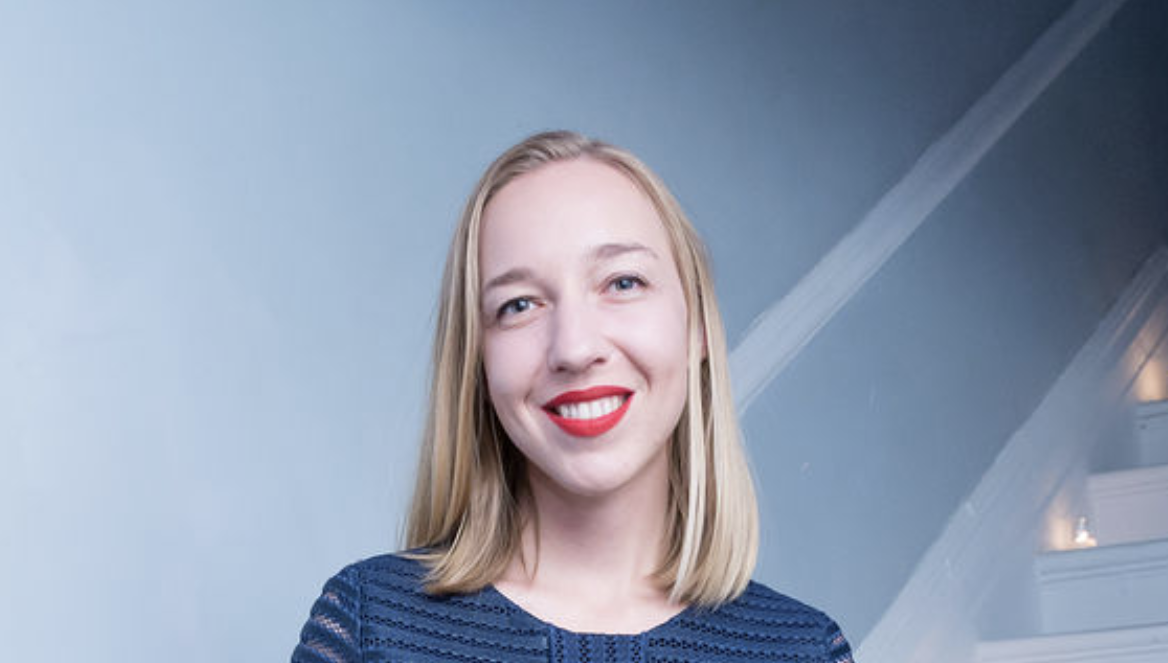Meet Stas Johnson-Chyzhykov
VP Client Services
Rho
MA Art Business, New York, 2014
What was your first professional experience in the art world?
Throughout college, I aimed to work in finance or business consulting, but the summer before my senior year I dipped my toes into something very different. I joined Izolyatsia, an arts non-profit in Donetsk, Ukraine, founded by a prominent local arts patron. Through this experience, I got to work side-by-side with renowned artists such as Leonardo Erlich, Daniel Buren, and Kader Attia as they created site-specific artworks for Izolyatsia. Seeing the artists’ deeply personal process of making art showed me that while it’s important to understand the art market and its forces, art industry professionals have the responsibility to appreciate, respect, and protect artists and their talent.
What is your favorite part about working in the art world?
The art world is a fairly small market with enormous untapped business opportunities—and I enjoy every reminder of this. It is a small industry in terms of the number of movers and shakers, and it is delightful to go to gallery openings and art fair previews and bump into the same people, which allows you to gradually build a network and reputation. While small, this industry has huge growth possibilities—anything from getting more people to buy art, to introducing accessible world-class logistics services. What gets me up in the morning is the excitement around all the untapped potential there is in the art industry.
What was the first artwork to have an impact on you?
I received a few old issues of Art in America from an instructor at an international summer camp I attended, and I treasured one in particular through the years. It is a black and white picture of Jackson Pollock in action on the cover. Previously, I had only been exposed to Ancient and Renaissance Art, and learning about AbEx practitioners was life-changing and deeply exciting for me. Back then, at the age of 12, I didn't even know that Modern Art was just the tip of the iceberg.
What artwork stays with you?
Artwork that speaks to something deep inside—memories, fears, or experience as a woman or as a foreigner—is hugely exciting for me. For instance, last December I discovered Ivy Haldeman’s work at the Downs & Ross booth at NADA Miami, and it got me transfixed. Her works are simultaneously abstract and figurative. She uses a small set of recurrent elements, and this simplicity is utterly captivating. I simply could not walk away without this work!
What advice do you have for students entering Sotheby's Institute?
The Sotheby’s Institute experience allows you to get exactly what you put in. By investing in your network, going above and beyond with coursework, and getting a job or internship, you maximize your chances for employment long-term. Following graduation I’ve interacted with about 60% of my classmates and faculty in various situations—I’ve helped Sotheby's Institute grads land jobs at Artsy, and received help from fellow graduates and instructors. The intimate size of the program allows everyone to form authentic connections with people, and it’s a missed opportunity not to take advantage of it.
What is the most interesting thing you learned at the Institute?
I had been least exposed to art law before joining the Institute, and was intimidated by the discipline as a non-native English speaker. Art Law turned out to be one of my most favorite classes. Our professor Judith Prowda equipped me with practical knowledge and vocabulary that helps me spot areas that will need legal consideration in my day-to-day.
What is the next big thing?
More people buying art! We already see that an increasing number of people engage with art more readily—just look at museum and art fair attendance, and Chelsea on Saturdays—and I cannot wait for this engagement to transform into more art buying. Art is becoming more accessible and less intimidating thanks to initiatives such as the SPRING/BREAK art show, the Affordable Art Fair, social media, and online platforms, such as Artsy. The millennial in me cannot wait to be able to access more price information, get competitive shipping quotes, and buy art I love with just a few clicks.
Where do you think the art market is headed?
The art market is becoming more open and more vibrant. As it is expanding into the online sphere, the offline experience too is becoming more engaging: an increasing number of galleries organize programming to engage with the community and cultivate new audiences, fairs go above and beyond to create an immersive and captivating experience in order to stand out from the crowd. This is why the value of a Sotheby’s education is higher today than ever before. The Institute helped me make sense of the rapidly changing industry and find the right opportunity within it.
